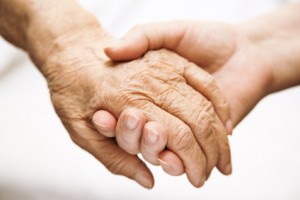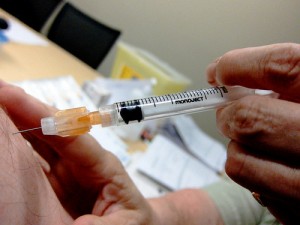Nurses everywhere are celebrating National Nurses Week May 6th through 12th.
One such nurse, Renee DeRider, says that nursing has been one of the most rewarding experiences she’s ever had.
DeRider has over a decade of experience nursing. She graduated in 2001 and immediately started working in pediatrics, with a concentration in hematology, oncology, and surgery. Now she works in a hemophilia center where she coordinates patient care for both children and adults with bleeding disorders.
This article on the Democrat and Chronicle website looks at DeRider’s experience and why she finds being a nurse so fulfilling.
DeRider said she loves her job as a nurse and her work environment due to the endless possibilities.
“As a nurse, there are numerous paths you can choose for your career,” DeRider said. “The choices are endless, and I think that’s what’s so attractive about becoming a nurse; there’s always a portion of the medical field that you can learn something about and there’s always your portion of the medical field that you become passionate about and an expert of.”
But with the love of work and numerous career paths within the field comes heartfelt stories that impact nurses.
DeRider said the most touching experience as a nurse came in 2004 and 2005 while caring for an 18-month-old girl with terminal cancer.
“To know that you’ve had the opportunity to support a family during their most difficult moments and be part of that experience is an honor,” DeRider said. “I know this sounds very awkward for some, but for a parent to allow a nurse — total stranger — in on your most intimate family moments; hold your hand, laugh with you, cry with and for you, and most importantly, love (their) baby as well … there’s no greater experience than that.”
And for her care, DeRider said she has been rewarded countless times by patients and their families with gifts like a simple thank-you card.
“I actually keep each and every one of them, including pictures colored by kids who, by now, are adults,” DeRider said. “I figure that if you’ve taken the time to say ‘thank you’ and what I meant to you, I can keep that to remember you by as well.”
For DeRider, the time spent being a nurse will never match her love and commitment to the job.
“Nobody goes in to nursing because they love the long hours, weekends, holidays and overnights. It’s not a fallback career and requires much dedication. It’s by far (not) a glamorous career, but we’re the thread that ties together the physician and the patient,” DeRider said.










